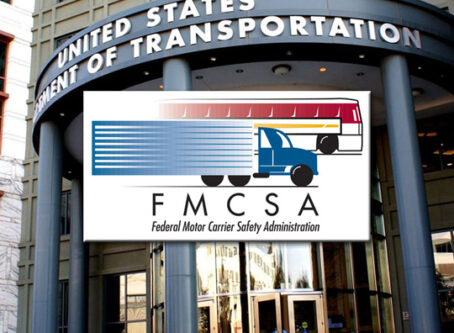Florida Supreme Court will hear truck crash case centered on dash cam evidence
Three months after a Florida state court of appeals asked the state Supreme Court to consider including video evidence when considering to dismiss a case, the high court has agreed to hear the case. The case involves a dash cam that backs up a trucker’s recollection of events of a fatal crash.
On Tuesday, Oct. 15, the Florida Supreme Court accepted jurisdiction over the Wilsonart v. Lopez case. The lawsuit stems from a fatal crash involving one of Wilsonart’s trucks.
In July, the Fifth District Court of Appeals reversed a trial court’s decision exonerating a trucker for a fatal crash. The trial court relied on dash cam video evidence when making the decision. However, the appellate court ruled that current standards do not allow video evidence, no matter how compelling, to be a deciding factor when awarding summary judgment.
In its opinion, the appellate court submitted the following question to the high court:
“Should there be an exception to the present summary judgment standards that are applied by state courts in Florida that would allow for the entry of final summary judgment in favor of the moving party when the movant’s video evidence completely negates or refutes any conflicting evidence presented by the nonmoving party in opposition to the summary judgment motion and there is no evidence or suggestion that the videotape evidence has been altered or doctored?”
On Tuesday, the Florida Supreme Court agreed to hear the case based on that question. In their briefs, both parties are to address the question.
Conflicting statements
The case goes back to January 2017, when Samuel Rosario was driving his 2015 Freightliner for Temple, Texas-based Wilsonart on U.S. 192 in Osceola County, Fla. According to the complaint, Rosario’s negligent driving caused Jon Lopez to slam his pickup truck into the tractor-trailer. Lopez died from his injuries.
One eyewitness said that Rosario had suddenly changed lanes just before the crash. This led to swerving from the center lane to the left lane. An expert concluded that part of the Freightliner was in the right lane when the crash occurred. This conclusion was based in part by the lone witness’s testimony.
However, dash cam video evidence suggests a different story.
Rosario testified he was traveling in the center eastbound lane and began to slow down as he approached an intersection. It was then when he felt an impact to the rear of the Freightliner.
Rosario said he was coming close to a full stop with his wheels straight with the intent to drive straight forward. Forward-facing dash cam video shows the Freightliner in the center and gradually coming to a stop at a red light when it experienced an impact, forcing it to veer left and striking the car in front of it.
Attorneys claimed that because Lopez rear-ended the Freightliner, the pickup truck driver is presumed negligent under state law. Furthermore, video evidence corroborates Rosario’s account of events while contradicting the one eyewitness account. Consequently, the trial court dismissed the case based on the convincing video evidence. An appeal followed.
Dash cam convincing, but not enough
In its opinion, the appellate court ruled that the trial court’s dismissal was incorrect “when it concluded that the video evidence ‘blatantly contradicts the eye witness testimony and the opinion of plaintiff’s expert.’”
Supporting the ruling, the appellate court pointed out that attorneys for Wilsonart and Rosari relied on two cases that did in fact show that “clear, objective, neutral video evidence” can be contradictory to the point of rendering the opposing party’s evidence incompetent. However, in neither of those cases does video evidence grant summary judgment.
According to the opinion, Florida has a more restrictive standard for summary judgment. More specifically, a court cannot decide the credibility of a witness or consider the weight of conflicting evidence.
Regardless of how convincing the dash cam video evidence can be, it is up to a jury, not a judge, to determine how much weight it holds when determining who is at fault in this case.
“Here, the video evidence showing Rosario’s driving pattern is both compelling that appellees were not negligent and directly contradictory to the estate’s evidence in opposition to the summary judgment motion,” the appellate court ruled. “However, in the event this case survives appellees’ inevitable motion for directed verdict at trial, then it would be the jury’s job to assess the credibility of the estate’s witnesses as to the cause of the accident and to weigh and compare appellees’ conflicting evidence, including the videotape.”
But the appellate did not leave the case at that. In the opinion, the appellate panel submitted the above certified question to the Florida Supreme Court. The appellate court concluded that technological advances have increased “the likelihood of video and digital evidence being more frequently used in both trial and pretrial proceeding.”
Now, the Supreme Court will decide whether or not to update summary judgment procedures. If it does, the original dismissal from the trial court is likely to stand. If not, the appellate court decision stands and the case will go back to the trial court for further proceedings.
No matter what happens, the dash cam video can be used in future court proceedings, including a trial. At the moment, dash cam video evidence cannot justify dismissing a case without a trial.









